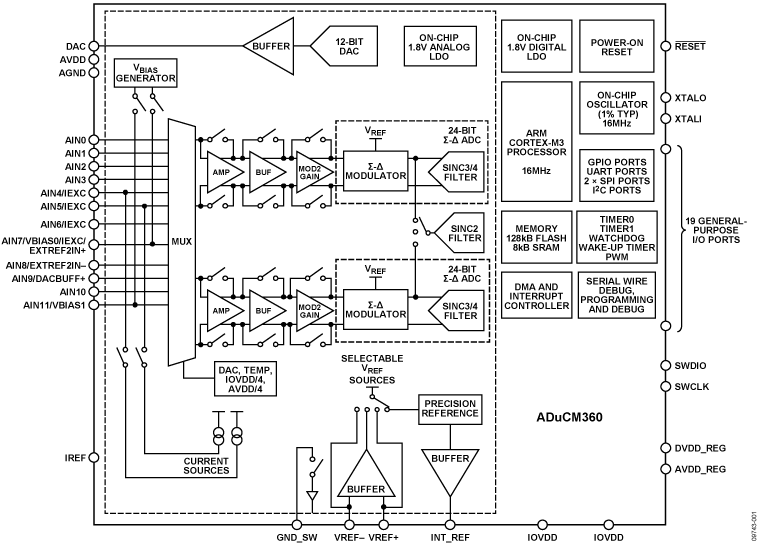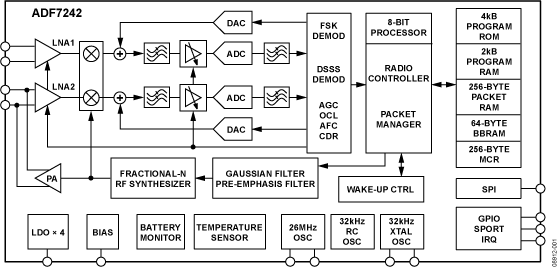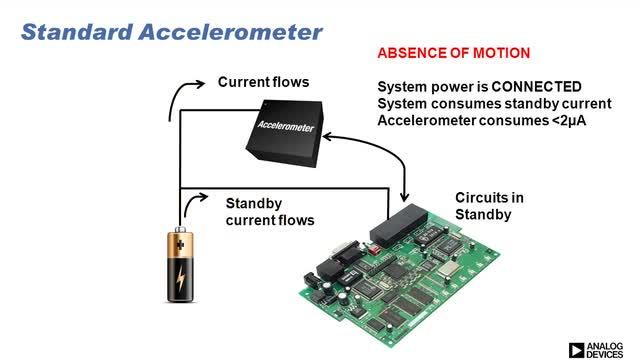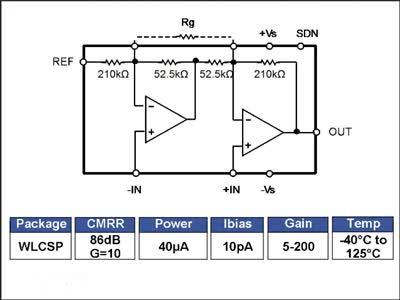
Insulin Pump Solutions
Design a smart body-worn insulin pump that offers real-time monitoring and a highly accurate, continuous rate of insulin delivery by leveraging Analog Devices’ broad portfolio of sensor and signal-conditioning technology solutions for precision, battery-powered health devices.
Value and Benefits
Our wide range of discrete and integrated analog front ends (AFE), data conversion, temperature sensors, and power solutions help our customers design the next generation of state-of-the-art wearable insulin and drug delivery equipment. Our high-performance microprocessors, motion control, and consumable authentication RF interface solutions enhance real-time connectivity and allow for robust safety features. Low-power operation of functions enables longer battery life and reduced recharge times.


Ensures enhanced real-time connectivity


Offers robust safety features


Enables longer battery life and reduced recharge times
Interactive Signal Chains


Reference Designs
Developer Tools and Resources
Design Tools


Simulation Models
Training and Support
Trainings and Tutorials
Files and Downloads

Technologies for High Performance Portable Healthcare Devices
598.17 K

Precision Products and Signal Chain Solutions: Selection Guide 2019
13.38 M

CN0407: Ultrahigh Sensitivity Femtoampere Measurement Platform
548.59 K

Understanding Silent Switcher Technology: High Efficiency, Low EMI eBook
7.75 M

ADGS1612: SPI Interface, 1 Ω RON, ±5 V, 12 V, 5 V, 3.3 V, Mux Configurable, Quad SPST Switch Data Sheet
373.21 K
{{modalTitle}}
{{modalDescription}}
{{dropdownTitle}}
- {{defaultSelectedText}} {{#each projectNames}}
- {{name}} {{/each}} {{#if newProjectText}}
-
{{newProjectText}}
{{/if}}
{{newProjectTitle}}
{{projectNameErrorText}}











